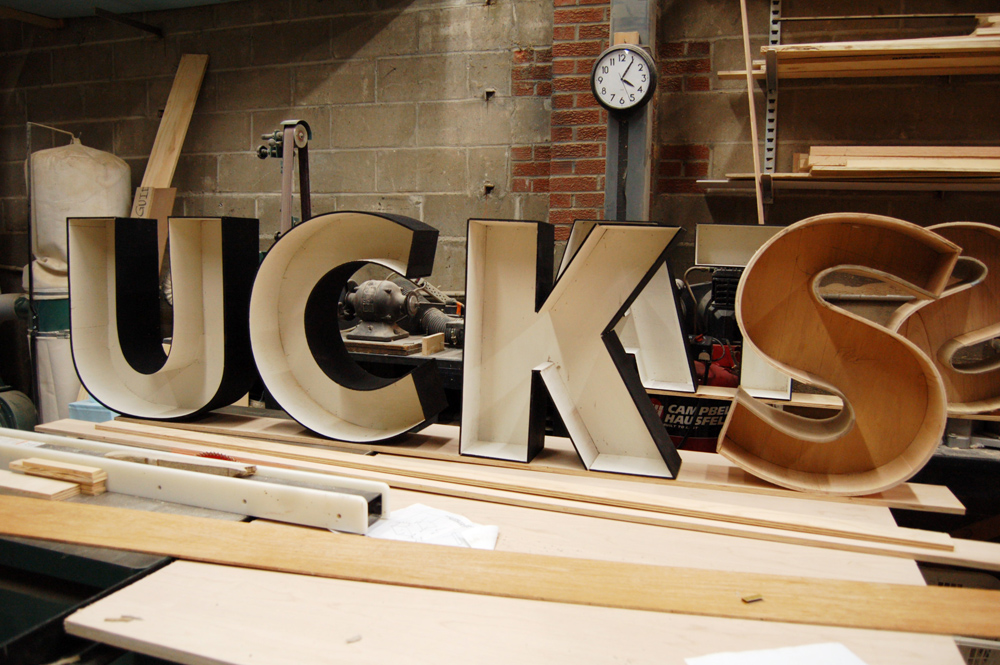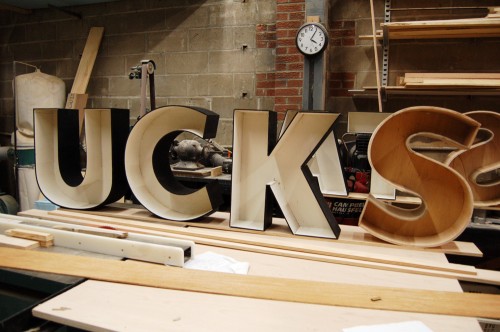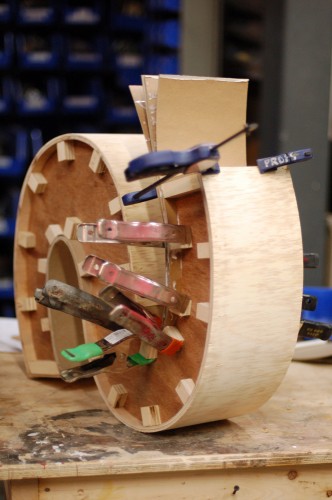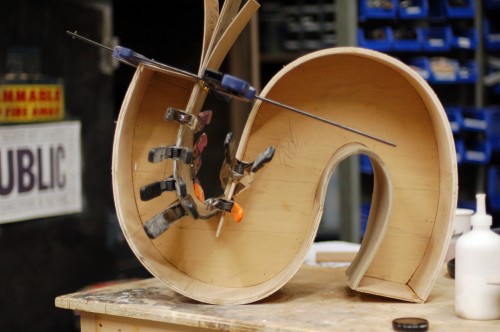Where do you get started with making props? Maybe if you have a block of wood and a knife you want to start carving. You can also buy a lump of clay and start trying to shape something. If you want to learn construction techniques, try building a box with some wood and nails. Papier-mâché has been used in prop making for hundreds of years and is an easy and inexpensive method to experiment with. The important thing to do is get started working with your hands. Tools and materials all have their own quirks and characteristics, like a secret inner life. The only way to discover these and begin to familiarize yourself with them is to work with them. All the reading and planning in the world will not bridge the gap between theory and practice.
You may be afraid to make mistakes. Don’t worry; you will. You will not turn out a beautiful pristine prop on your first try. You need to go through all the hours of familiarizing yourself with the materials and methods before your work becomes good. You may feel silly just jumping in; if you just start carving a piece of wood with a knife, surely some more experienced artisan will come along and tell you that you are using the wrong knife, or that the type of wood you have is not very good for carving. You’re probably right. Even the most experienced artisans do not know everything, and when we start working with new materials and processes, there is some learning curve before we find the ideal tools for the job.
In many cases, tool and material choice is a matter of preference, culture, experience and any number of other factors. I’ve read about experienced woodworkers who treat their way of working as gospel, only to run across a seventeenth-century engraving of experienced woodworkers of that time using tools in precisely the opposite way of what should be “rightâ€.
My point is that even experienced artisans do not know everything about everything, not with the sheer amount of crafts, tools, methods, materials and processes which a prop artisan can call upon. You can easily spend your entire life studying under master craftsmen and still not learn it all. While blogs like this one are great because it gets you thinking and spreads information efficiently, you need to jump in and start making things while you learn as well.




